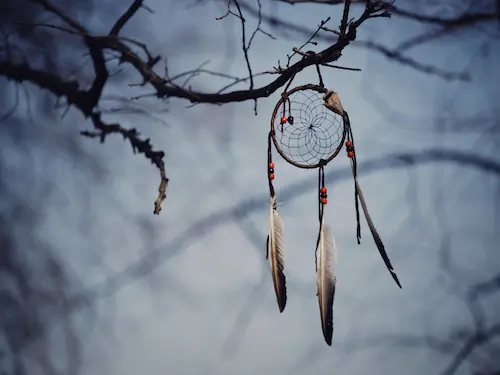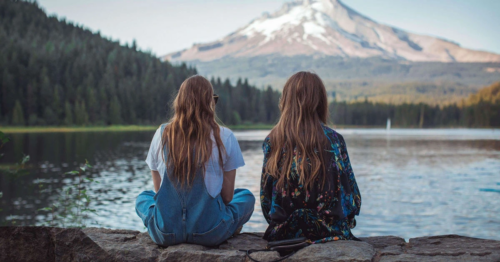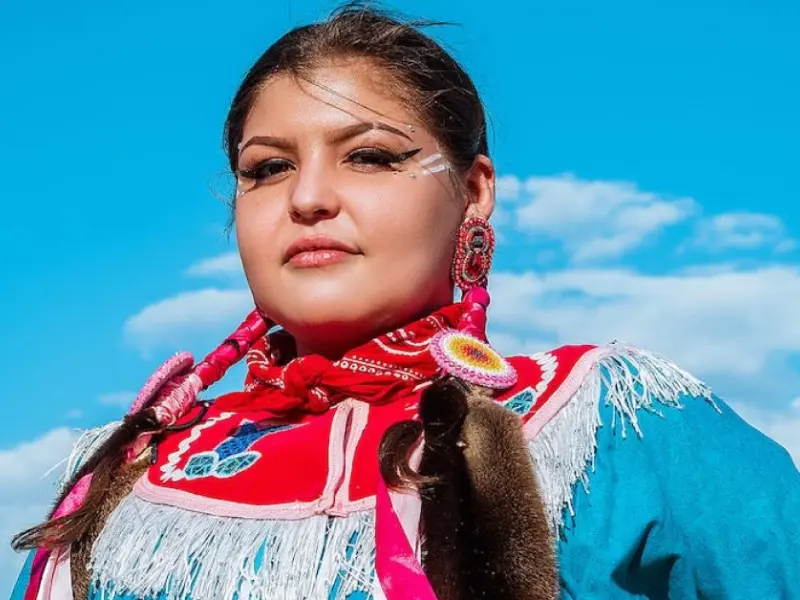
Table of Contents
Indigenous Mental Health: Facts & Resources
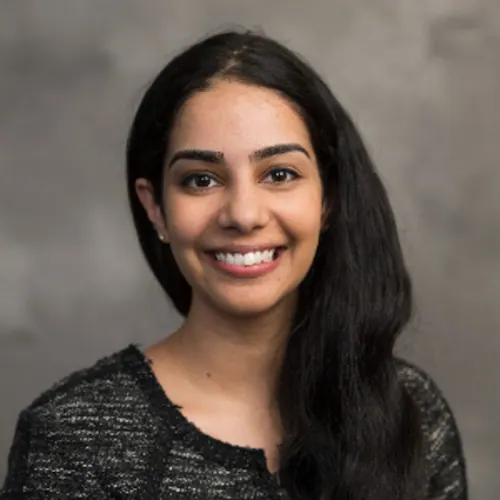
Written By: Dr. Rasna Kaur Neelam
November 29, 2022
9 min.
Indigenous mental health disparities are too often ignored in the broader conversation around access. That needs to change.
Learn more about our Clinical Review Process
Table of Contents
Each November marks National Native American Heritage Month, a month to explore the heritage, culture, and experiences of Indigenous American peoples. In this article, we hope to highlight the cultural experiences of Native Americans as well as discuss major issues related to Native American mental health.
We acknowledge that the experiences of this population, spanning across a wide range of geographic locations and throughout thousands of years of history, is vast and varied. While this article cannot serve to encompass all perspectives, we hope it serves as a launching point for our readers, clients, and clinicians to better educate ourselves and one another.
What are respectful ways to address Native Americans?
Many terms for the Native American population are used interchangeably, including in this post. What’s correct?
In an article written for the University of California Los Angeles Office of Equity, Diversity, the following terms are explained:
Indigenous: This term is the most inclusive of the group. It is usually used to describe sovereign people (people who governed themselves) living together as a community before contact with imperial or settler populations. There are Indigenous populations all around the world. This includes, for example, the First Nations in Canada and Mayas in Mexico and Guatemala.
Native American: The terms Native American and American Indian (below) are used interchangeably to refer to people living in what is currently the United States before European colonization.
American Indian: The term American Indian has a specific legal context because there is a branch of the law called the Federal Indian Law which uses this term. In addition, the U.S. Office of Management and Budget through the U.S. Census Bureau also uses this phrase.
The term Alaskan Native refers to the Indigenous population in what is now known as the state of Alaska.
When describing an individual who may fall into any of the above categories, it is always best to ask specifically how the individual would like to be addressed. Native American scholars also recommend using specific tribal names (there are 574 federally recognized tribal nations in the U.S. and many more that are not recognized) when possible, accurate, and appropriate. This map may be useful in understanding tribal geographic locations.
What features may be specific to Native American mental health?
In addition to understanding appropriate terminology, we must also familiarize ourselves with a greater and more varied view of mental health.
Cultural beliefs surrounding mental illness and mental wellness vary drastically from culture to culture, including Indigenous cultures. For an article in the American Psychological Association, Dr. Carlota Ocampo, Associate Professor in Psychology at the Trinity Washington University, asks, “Is there such a thing as indigenous mental health?”
In her article, she describes some of the nuances that define Indigenous mental health:
Identity and Self
Many Indigenous individuals share their sense of identity with the world around them – including one’s community, one’s ancestors, the land, plants, animals, and elements in nature. Loss of land, for example, has been directly related to suicide in certain populations. Understanding this connection and sense of oneness can help us understand Indigenous mental health better.
Cultural-specific practices
Many Indigenous cultures also have their own well-being practices that must be understood and respected. Some of these traditional healing systems are based on spirituality, ceremony, and ritual. Understanding these practices better can allow clinicians to utilize them in combination with other psychological or psychiatric approaches. More research is needed to better understand how these combinations would work for urban Indigenous people, Dr. Ocampo adds.
Historical trauma
The experiences of genocide, colonization, and alienation at the hands of European settlers, and later the American government, are a unique source of physical and mental health issues in Native American populations. Prior to European colonization, Indegenous populations existed freely. Now, according to the 2020 U.S. Census Bureau, only 3.7 million people, or just 1.1% of the population identify as American Indian or Alaska Native.
Do you need more support with
your mental health?
Charlie Health can help.
Native American communities are facing a mental health crisis
For a multitude of reasons introduced above, including generations of settler colonial violence, economic instability, and the intentional disparity in health care allocations away from Native populations, Native Americans in the United States are facing a mental health crisis.
These statistics (dated from 2018 and 2019) from Mental Health America and the U.S. Department of Health and Human Services helps to illustrate the gravity of the problem.
- Suicide is the second leading cause of death for American Indian/Alaska Natives between the ages of 10 and 34
- Violent deaths, unintentional injuries, homicide, and suicide account for 75% of all mortality in the second decade of life for American Indian’s/Alaska Natives
- American Indian/Alaskan Natives are 60% more likely to report feeling that “everything is an effort” as compared to white populations
- Nearly 1 in 5 American Indian/Alaskan Native adults reported experiencing mental illness in the year prior
- Native and Indigenous people in America start to use and abuse alcohol and other drugs at younger rates and at higher rates than other ethnic groups
What barriers to mental healthcare exist for Native Americans?
Unfortunately, many barriers keep Native Americans experiencing mental illness from seeking appropriate care. These may include:
Living in isolated locations
Many Native Americans live in rural or isolated areas, far from health care facilities. In these settings, it may be difficult for individuals who need mental health help to seek help or find medical personnel, and shortages of clinicians number in the thousands across American Indian and Alaska Native communities
Lack of funding
The Indian Health Service (IHS) is an agency within the U.S. Department of Health and Human Services that is meant to provide healthcare to Native Americans in more than 560 recognized tribes across the country. However, according to experts, Congress consistently underfunds this agency, resulting in poorer and fewer healthcare services offered. In comparison, to match the level of care provided to federal prisoners, funding would have to almost double according to research completed by the National Congress of American Indians.
Difficulty finding culturally-competent clinicians
As we mentioned above, there are many unique features to the mental health and lived experiences of American Indians and Alaskan Natives. This includes a sense of oneness with nature, community, land, and animals and also includes a host of deeply held spiritual beliefs and practices.
These experiences need to be understood in order to serve the mental health needs of this community. Mental health professionals who wish to be culturally competent may need extensive training in Native American spirituality and traditional values, a lengthy process that most clinicians have not undertaken.
Lack of trust in government services
The United States government has a history of breaking treaties with Native American populations, forcibly removing them from their land, eradicating Native American culture, committing genocide against the American Indian population, and more. For this reason, a deep lack of trust in government services may keep Native American individuals from seeking help from a government service like the IHS.
Language barriers
Hundreds of thousands of Native people speak a language other than English at home. This is especially true in the American Southwest and in Alaska. English words like “anxious” or “depressed” used frequently in mental health settings may be absent in Native languages. This language barrier can make seeking a clinician who can understand what an individual is going through nearly impossible.
Poverty
Finally, poverty and unemployment creates additional barriers for Native individuals trying to seek help. Many Native Americans live without clean water or sanitation, electricity, affordable food, or reliable transportation. Native American populations also have higher rates of unemployment and higher rates of incomes below the poverty line. During the COVID-19 pandemic and its aftermath, these disparities have only gotten worse.
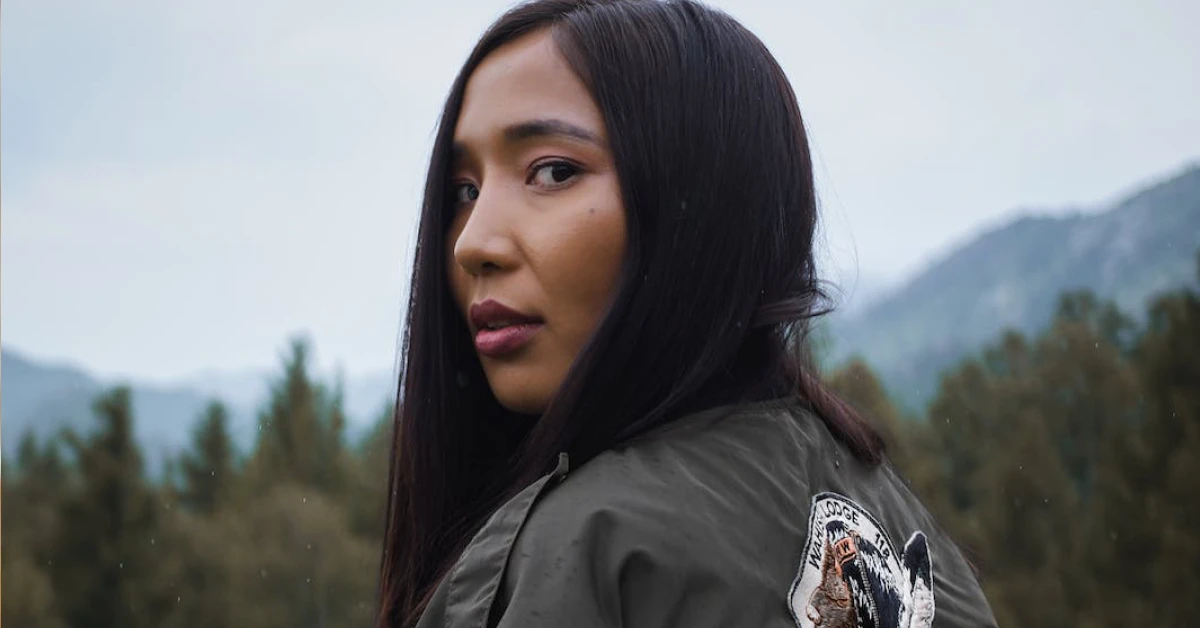
Native American organizations breaking down barriers
Despite facing the above barriers, many Native American individuals and organizations are working hard to support their community during this crisis.
The 2020 State of Native Youth report, an annual report published by the Center for Native American Youth at the Aspen Institute, highlighted the following positive COVID initiatives focused on Native American wellness:
- Native Youth are Medicine Campaign
This youth-led campaign has hosted virtual gatherings for resource sharing and discussions, and was launched with the help of the Center for Native American Youth, the Native Wellness Institute, We R Native, and the Tribal Health Reaching Out Involves Everyone (THRIVE). As a part of the project, a call for submissions asked participants to respond to the prompt “What does Self-Love and Self-Care mean to you? What does it look like for you, your family, or your community? How do you care for your mind, body, and spirit to be holistically well?” - Native Wellness Power Hours
In the early weeks of the pandemic, the Native Wellness Institute used Facebook Live to produce daily content which included conversations about Indigenous wellness. The webinars feature discussions on ways of being, maintaining holistic wellness during tough times related to COVID, and information sharing related to Native causes. - Tele-Native Youth
In May of 2020, The Center for Native American Youth created the Tele-Native Youth webinar series as a way for Native Youth to engage in conversation about topics of their choosing. Since then, weekly webinars on topics like “decolonizing democracy,” “Laughter is Medicine,” “Music is Medicine,” and more have been discussed.
What can Native American clients do to find therapy that is culturally-affirming and safe?
The relationship and communication between a provider and client is of utmost importance. The National Alliance on Mental Illness (NAMI) shares the following tips for those trying to seek out culturally competent care:
When meeting with a new clinician or therapist, ask them the following questions:
- Have you treated other Native Americans before?
- Do you have any training to understand Native spiritual healing practices? From whom did you learn these practices?
- How do you think our differing cultural backgrounds will impact the way we communicate?
- Will you treat me differently because of my cultural background?
Ask yourself the following questions:
- Do I feel like my provider and I communicated and connected well?
- Did I feel like my provider could understand and relate to me?
- Was I treated with respect and dignity?
- Is my provider open to incorporating my beliefs and practices into their treatment plan?
Check out the following organization and resources:
StrongHearts Native Helpline: 1-844-7NATIVE (762-8483: safe, confidential and anonymous domestic, dating and sexual violence helpline offering culturally-appropriate support and advocacy
Indian Health Services Mental Health Program: community-based clinical and preventative services for outpatient care.
Native Hope: Dedicating to addressing injustices against Native Americans and sharing Native stories, providing educational resources, and assisting Native communities.
Healthy Aboriginal Network: Promoting wellness amongst indigenous youth through comics and animated short films on social issues
We R Native: A platform for Native youth by Native youth to answer questions, share resources, learn about mental and physical health, and more.
Native Youth Sexual Health: An organization by and for Indigenous youth that works across issues of sexual and reproductive health, rights and justices throughout the United States and Canada.
Child Welfare – Engaging Native Youth at Risk of Suicide: A website for community members or clinicians with many resource toolkits on understanding and preventing suicide amongst American Indians and Alaskan Natives.
Circles of Care: Creating Models of Care for American Indian and Alaska Native Youth. Culturally appropriate substance abuse and mental health services.
American Indian Health & Family Services: Integrating traditional Native American Healing and Spiritual Practices with Contemporary Western Medicine. Includes medical care, behavioral health care, and community health and family wellness sections.
Indigenous mental health resources at Charlie Health
At Charlie Health, we support Indigenous mental health by actively seeking knowledge from Indigenous mental health leaders and by creating safe, inclusive spaces for Indigenous clients where their traditional mental health practices are incorporated and celebrated.
If you or a loved one are in need of a higher level of mental health treatment program, get started today.

